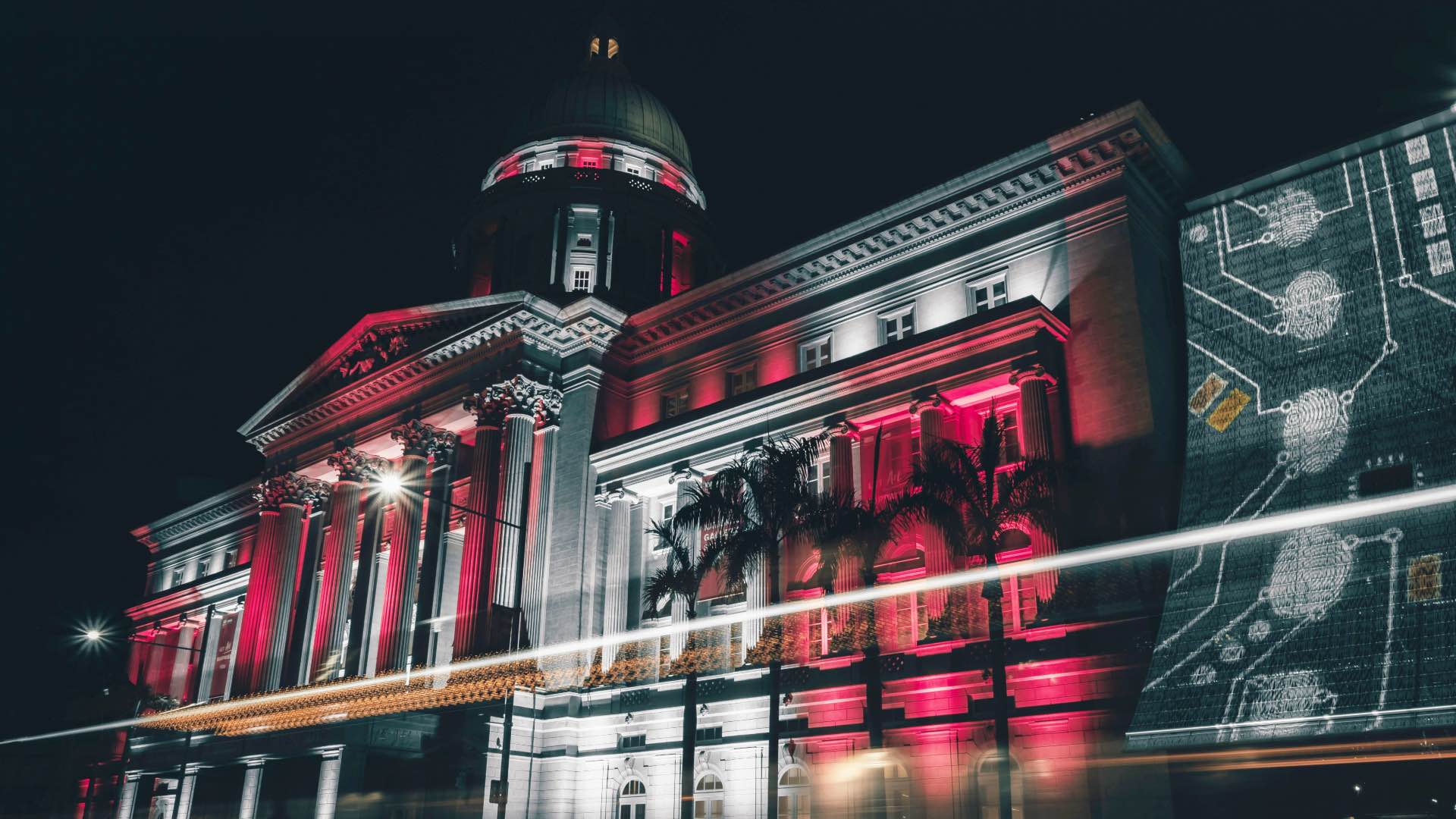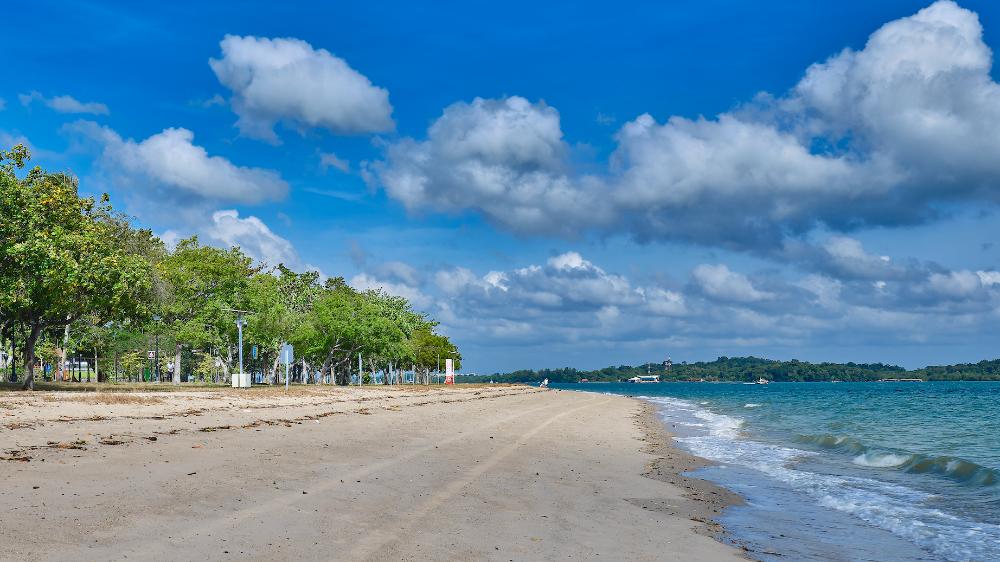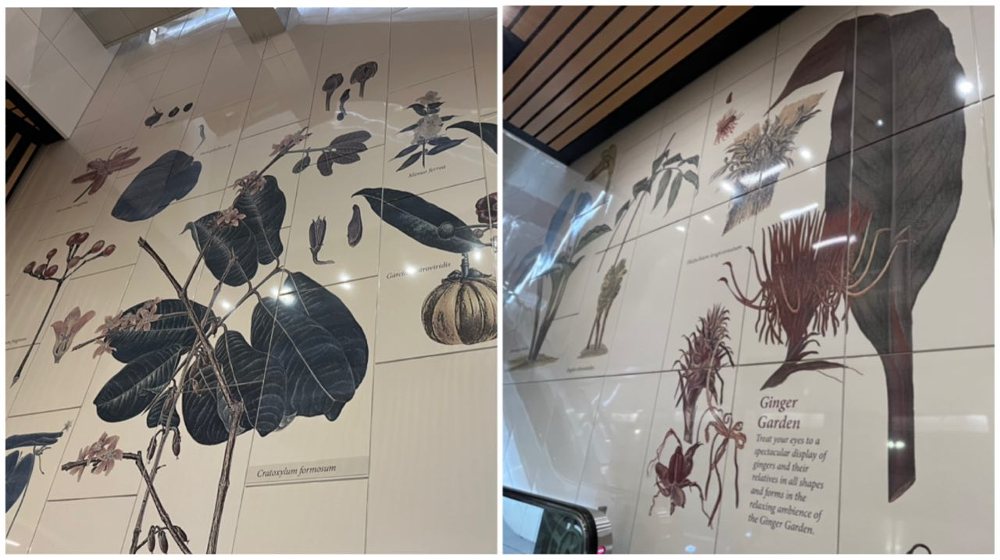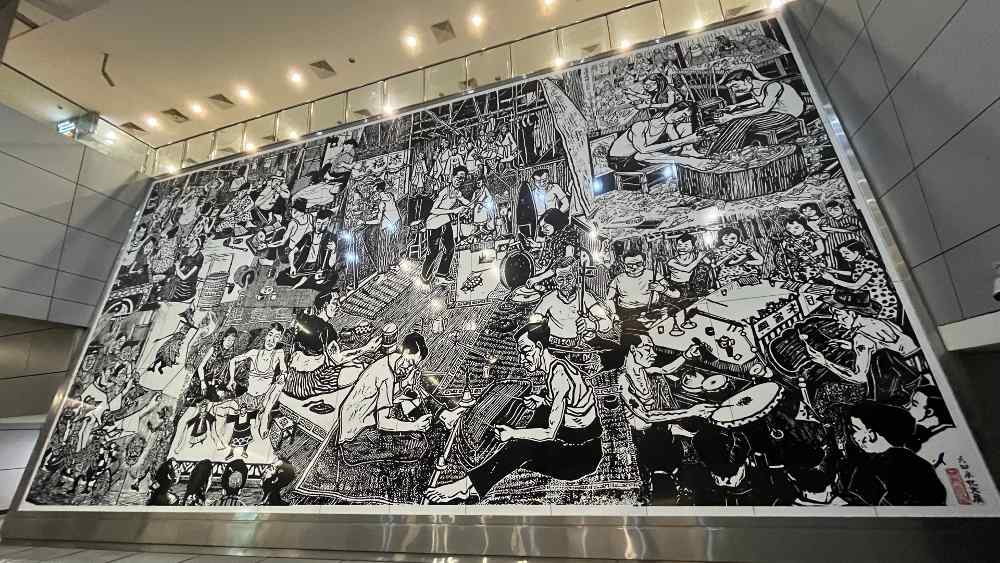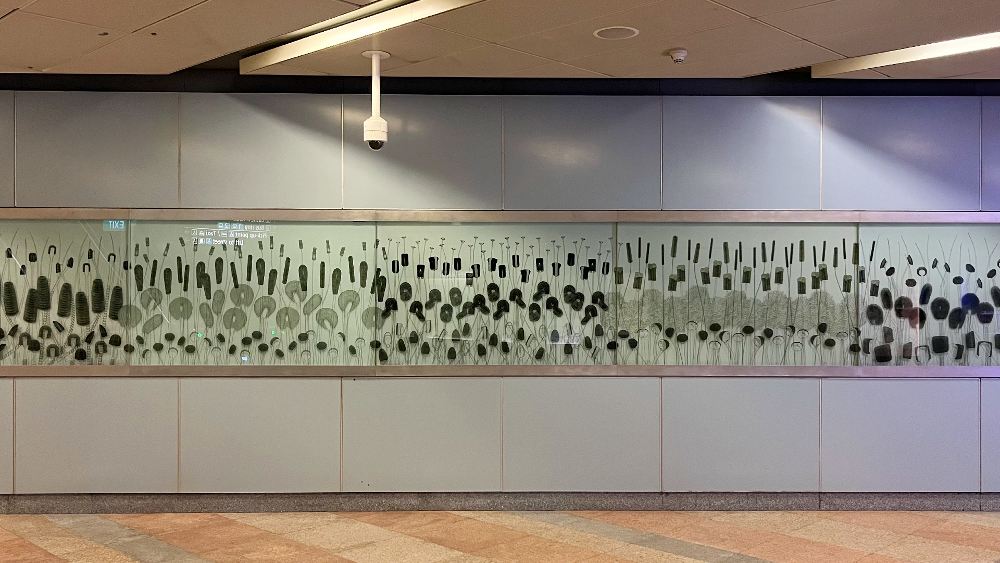Adventures At Home: Let's Rediscover The Singapore Story
In 1819, Sir Stamford Raffles stepped foot on our island and founded modern Singapore. But long before that, a third century Chinese account described our island as "Pu-luo-chung", referring to "Pulau Ujong", the "island at the end of a peninsula" in Malay.
Then according to legend, in the 14th century Sang Nila Utama landed here on a hunting trip, and spotted an animal he had never seen. Taking it as an auspicious sign, he founded a settlement here he called “Singapura”, or the “Lion City” from the Sanskirt words “simha” (lion) and “pura” (city).
We then grew from a 14th century trading hub, to a colonial port, and this year, celebrated our 56th birthday. Majulah Singapura!
We owe much of our success story to our multicultural, colonial, and wartime past, which can still be found in and around the city. In this special National Heritage Board Jubilee Walk trail, we explore historic and iconic landmarks to rediscover how Singapore truly came to be.
Start your journey at the National Museum of Singapore
There’s no better place to learn about our country's history than our National Museum. Opened in 1887, the idea of a museum was actually mooted by the British in 1823 as a centre for learning. This National Monument was originally called the Raffles Library and Museum, but was renamed to the “National Museum” in 1959 - one year after Singapore attained self-government.
Before the end of the year, check out the exhibition on our 73 National Monuments - older than your ah ma for sure.
Immerse yourself in art at the National Gallery
Our National Gallery is made up of two two historic buildings: the former Supreme Court and City Hall. The Supreme Court was opened in 1939, hosting war crime trials. City Hall, built in 1929, is steeped in history related to our independence - founding Prime Minister Lee Kuan Yew stood on the steps of City Hall when he addressed the nation to celebrate the attainment of self-government on 13 June 1959. When Singapore separated from Malaysia, Prime Minister Lee issued the Proclamation of Singapore from his City Hall office on 9 August 1965.
The National Gallery not only houses the largest public collection of Singapore and Southeast Asian modern art, but you can also see rare historic documents related to our journey to independence.
Marvel at the Asian Civilisations Museum antiquities
The Asian Civilisations Museum was originally a courthouse when it was completed in 1867, then later served as the colonial government offices. The Empress Place next to this building was named in honour of Britain's Queen Victoria, and was the site of a rousing 1956 speech for self-governance by David Marshall, Singapore’s first Chief Minister. This National Monument was also the place where Singaporeans registered as voters for the first time.
In 2003, it became the Asian Civilisations Museum, with exhibitions showcasing the best in craft and aesthetic traditions of cultures across Asia.
Watch an orchestra performance at the Victoria Theatre & Victoria Concert Hall
Singapore’s oldest performing arts facility was completed in 1862 - but it has been more than just a place for theatre and orchestras. These four walls served as a hospital for air raid victims during World War II, saw the counting of ballot papers for Singapore’s first elections in 1948, and was where our national anthem Majulah Singaura was sung for the first time.
You can still attend live orchestra performances here to this day, or book a trip to climb up the iconic 54m clock tower.
Wine and dine overlooking The Padang
The Padang (Malay for “field”) has witnessed many of Singapore’s triumphs. It was here that Singaporeans gathered to mark the end of the Japanese occupation on 12 September 1945, where Yusof bin Ishak was installed as our nation’s first Yang di-Pertuan Negara (Head of State), and the place that our State Flag, State Crest and National Anthem were unveiled on 3 December 1959. It was also the site of our first ever NDP on 9 August 1966.
Nowadays, you can enjoy clear views of the famous field as you tuck into one of the many dining options at the Singapore Cricket Club.
Check out the installations at The Arts House
The former Parliament House is the oldest surviving public building in the country. Completed in 1827, it was here where crowds gathered to witness the 1962 debates on the proposed merger with Malaysia. After Singapore gained independence on 9 August 1965, this building became our first Parliament House. The parliament later moved to North Bridge Road in 1999, and in 2004 this National Monument reopened as The Arts House.
The Arts House is now the home of Singapore’s literary arts, hosting multidisciplinary arts programmes and festivals including literary, film, visual, and performing arts.
Staycation at The Fullerton Hotel
Who wouldn’t want to stay by the Singapore waterfront? This swanky building was once the General Post Office, and also housed the Chamber of Commerce, the Singapore Club and various government offices. Fullerton Square also used to be a popular spot for political rallies from the 1950s until the early 1980s. This five-star hotel we see today was opened in 2001.
Dinner at Picotin, The Fullerton Waterboat House
This is a great paktor spot with spectacular views of Marina Bay at sunset, but in the late 19th century it was the Master Attendant’s office, the harbour’s most senior official. This little building by the mouth of the Singapore river was also known as the “Water House” because it supplied fresh water to incoming vessels until 1990.
Your Insta-walk checklist here:
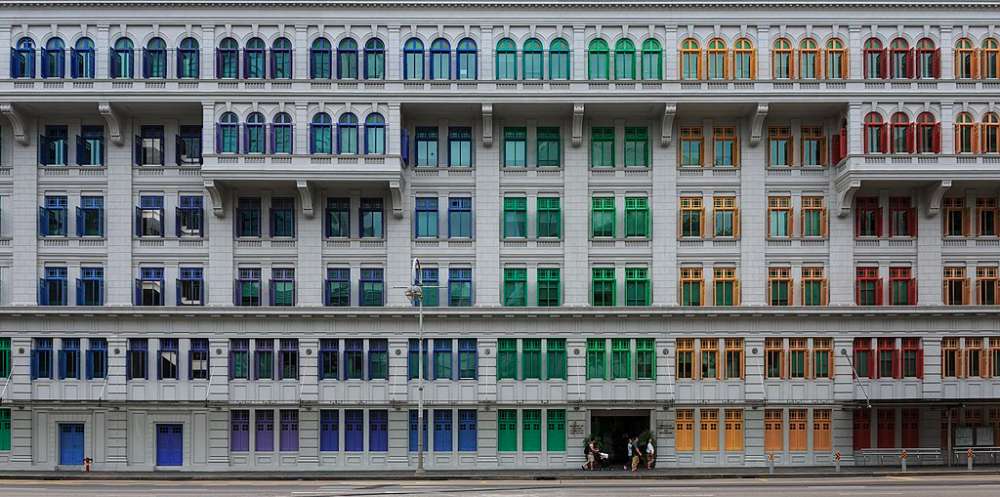 IMAGE: WIKIMEDIA COMMONS
IMAGE: WIKIMEDIA COMMONS
Old Hill Police Station
This colourful Instagrammable spot was at one time, the largest government building when it was erected in 1934 and home to 280 staff. In World War II, the Japanese used the building as an interrogation centre. Later, it became home to the police force until 1980. Now the Ministry of Communications and Information is based here, as well as the Ministry of Culture, Community and Youth. Fun fact: This National Monument has a whopping 927 windows.
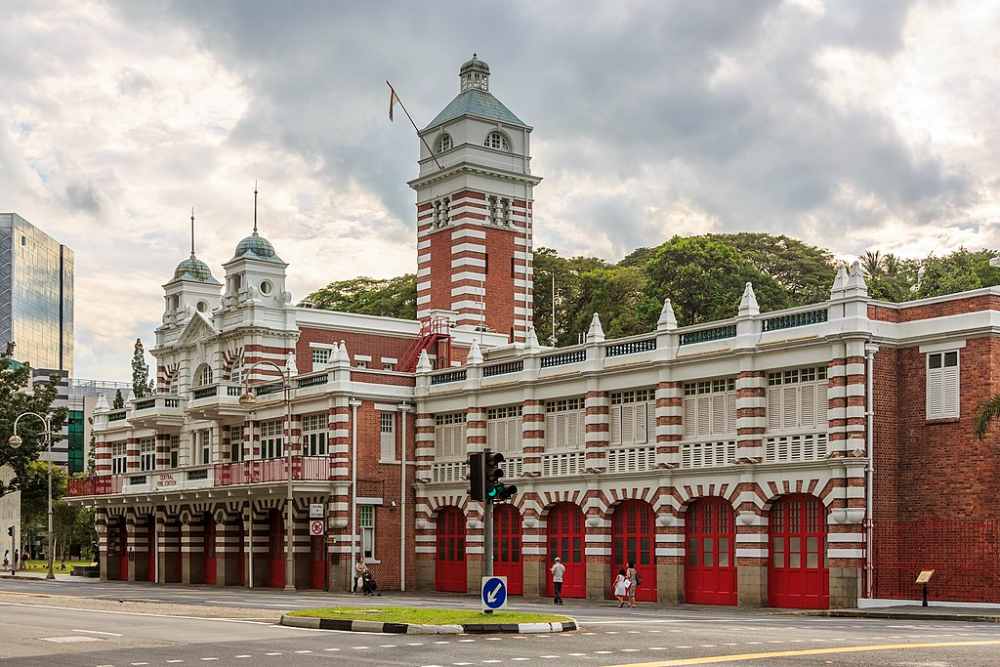 IMAGE: WIKIMEDIA COMMONS
IMAGE: WIKIMEDIA COMMONS
Central Fire Station
Another popular Insta-worthy spot, the Central Fire Station opened in 1909 and continues to serve the nation as the oldest fire station. Its red bricks and white plaster was once covered in camouflage paint during World War II to hide from Japanese bombers, but it still sustained direct hits. This National Monument was vital in battling major fires such as the 1972 fire that destroyed Robinson’s Department Store at Raffles Place.
Armenian Church
This church has deep rooted ties to the Armenian community who arrived in Singapore to ply their trade in the early 19th century. Built in 1835, many notable Armenians have been laid to rest here, including Agnes Joaquim, who cultivated the Vanda Miss Joaquim orchid in 1893 - our national flower.
Peranakan Museum
This building was the Tao Nan School between 1912 to 1982. It was the first local Chinese school to teach in Mandarin in 1916, and also taught English from 1914. The school moved to Marine Parade in 1982, and later became part of the Asian Civilisations Museum from 1997 up to 2005. This National Monument was refurbished in 2005 and reopened as the Peranakan Museum in 2008.
Happening history sia
If you’re interested in exploring the rich history of how our country came to be, you can follow NHB’s Jubilee Walk Trail. Get your map and trail guide here.
For the latest updates on Wonderwall.sg, be sure to follow us on TikTok, Telegram, Instagram, and Facebook. If you have a story idea for us, email us at [email protected].







